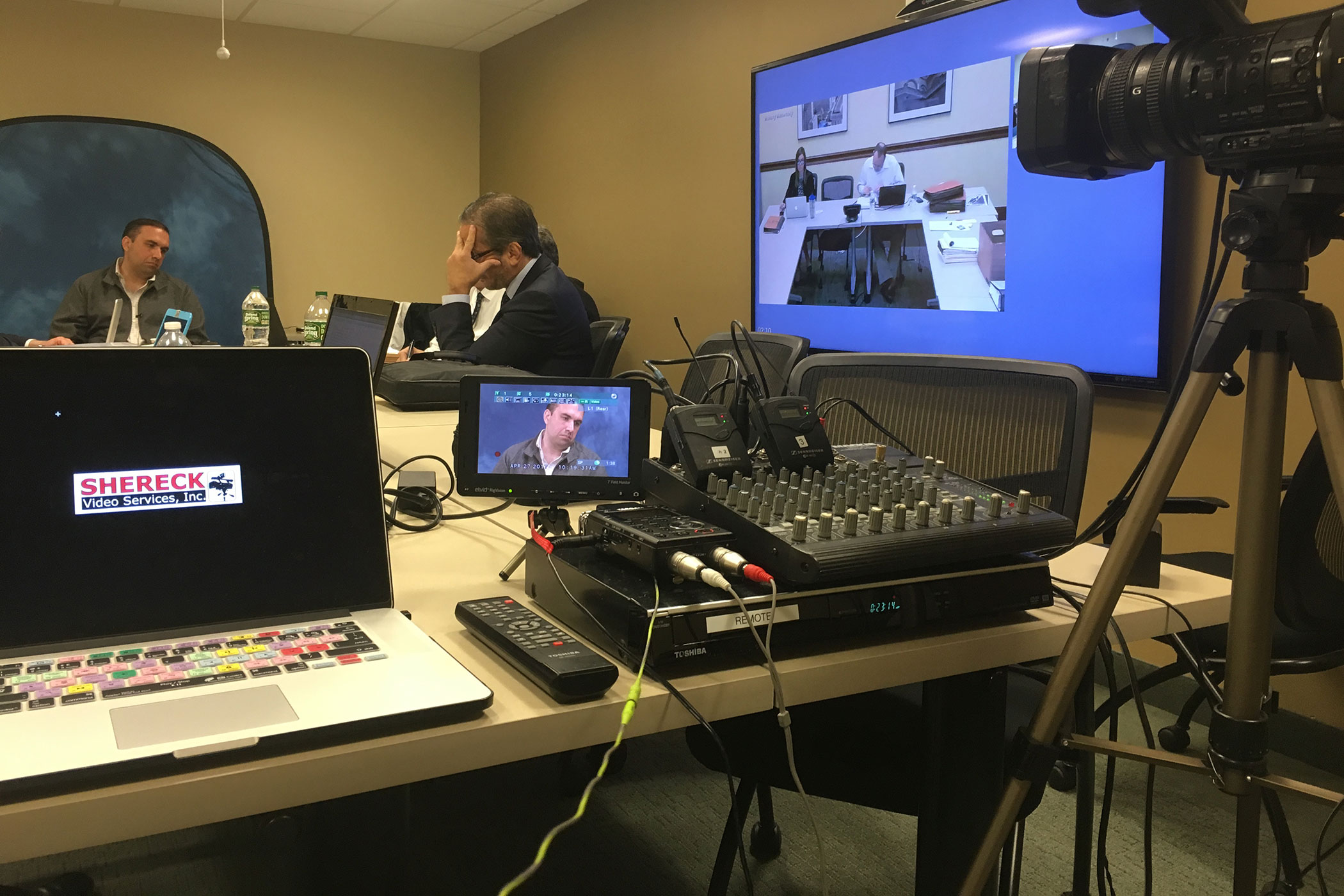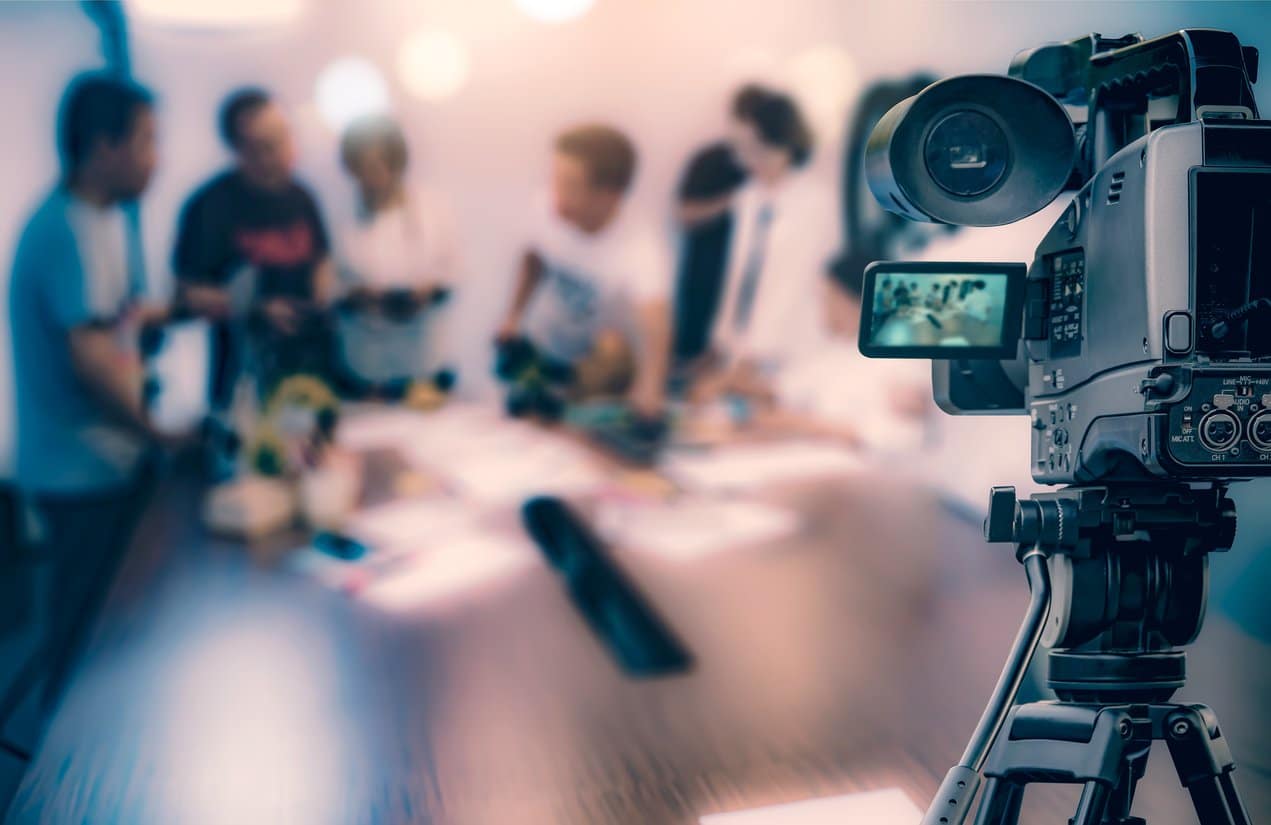How to Select the Best Legal Videography Solution for Your Needs
How to Select the Best Legal Videography Solution for Your Needs
Blog Article
Looking Into the Mechanisms of Lawful Videography: Introduction Its Procedure in Safeguarding Authentic Visual Statement for Judicial Proceedings
In the realm of judicial proceedings, the duty of lawful videography stands as a cornerstone in maintaining and providing aesthetic evidence. As technology continues to breakthrough, the systems behind legal videography have ended up being significantly complex, using an important layer of authenticity to testimonies recorded on video clip.
Historic Advancement of Lawful Videography
Analyzing the historical progression of lawful videography discloses a substantial improvement in the capturing and presentation of visual evidence within the lawful landscape. In the past, lawful proceedings heavily counted on created pictures and records to document occasions and provide evidence. Nevertheless, with the introduction of video technology, the lawful industry witnessed a paradigm change in how aesthetic testimony was caught and presented.
The development of lawful videography can be mapped back to the late 20th century when improvements in video recording tools made it more available for usage in court rooms. This technical innovation not just boosted the precision and dependability of visual evidence however also transformed the means cases were offered to discretionary (Legal Videography). Lawyers began to identify the persuasive power of video clip recordings in communicating emotions, nuances, and non-verbal signs that written photos or records alone might not catch effectively

Modern Technology Developments in Video Clip Paperwork
What crucial technological improvements have revolutionized video clip documents in the legal field? The lawful field has actually seen considerable advancements in video documentation modern technology that have improved the credibility and dependability of aesthetic proof in judicial process.
Furthermore, developments in video security and watermarking innovations have actually bolstered the safety and tamper-proof nature of video clip proof, safeguarding it versus unauthorized changes or tampering. In addition, the introduction of cloud storage services and remote gain access to capacities has structured the storage, retrieval, and sharing of video clip proof, assisting in seamless collaboration among lawyers and making sure efficient access to critical aesthetic testaments when required. These technological improvements in video documentation have actually undoubtedly changed the lawful area, boosting the accuracy, trustworthiness, and admissibility of aesthetic evidence in judicial procedures.
Function of Lawful Videographers in Courtroom Setups
The advancement of video clip documentation innovation in the lawful field has demanded a vital duty for legal videographers in courtroom setups, making certain the integrity and reliability of aesthetic testaments offered during judicial procedures. Lawful videographers play a fundamental role in capturing and maintaining accurate visual evidence that can be pivotal in lawsuit. Their duty prolongs to establishing tools, videotaping process, and creating top notch video clips that properly reflect the occasions in the court.
Furthermore, lawful videographers commonly function very closely with lawful groups to make sure that the video clip evidence lines up with the instance's requirements and can be effectively offered in court to support the legal arguments being made. On the whole, the function of legal videographers in court settings is essential in promoting the principles of justice and ensuring the openness of legal process. Legal Videography.

Ensuring Admissibility and Integrity of Video Clip Proof
To preserve the credibility of visual evidence presented in lawful proceedings, making certain the admissibility and integrity of video evidence is an essential duty for lawful videographers. Admissibility describes the approval of find proof by the court, and for video clip proof to be permissible, it needs to meet specific standards. Lawful videographers play a crucial duty in making sure that the videos they capture follow the rules of evidence, such as relevance, dependability, and her response credibility.
Stability of video clip evidence includes maintaining the creativity and precision of the footage from the time it is taped till it exists in court. This consists of securely saving the video clip data, recording the chain of protection, and avoiding any meddling or alterations. Legal videographers should follow rigorous methods to guarantee the stability of the video evidence and avoid any difficulties to its authenticity.
Future Trends in Legal Videography
Provided the boosting reliance on technology in legal proceedings, legal videographers are poised to accept ingenious improvements shaping the future of visual testament capture and presentation. One of the famous patterns coming up is the combination of virtual reality (VIRTUAL REALITY) and enhanced reality (AR) modern technologies into lawful videography. These innovations have the prospective to revolutionize how visual evidence is presented in court rooms, allowing courts and courts to immerse themselves in the scene of the criminal offense or case.
Furthermore, making use of synthetic intelligence (AI) algorithms for video analysis is expected to improve the process of evaluating and analyzing large quantities of video footage. AI can help in recognizing key moments, anomalies, and patterns within videos, improving the effectiveness of legal examinations.

Final Thought
Finally, legal videography has actually played a crucial function in offering authentic visual proof for judicial procedures. Through technical improvements and the knowledge of lawful videographers, the stability and admissibility of video clip proof are made certain in courtroom setups. As legal videography continues to advance, it will certainly be necessary to copyright standards that preserve the accuracy and dependability of visual testimony for the future of legal procedures.
Taking a look at the historic development of legal videography exposes a substantial improvement in the catching and discussion of aesthetic evidence within the lawful landscape.The development of video documents technology in the lawful area has actually necessitated an important role for lawful videographers in courtroom setups, guaranteeing the stability and integrity of visual testaments offered during judicial proceedings. Additionally, lawful videographers commonly function carefully with lawful groups to guarantee that the video evidence lines up with the case's demands and can be effectively provided in court to sustain the legal arguments being made.To keep the reliability of aesthetic evidence offered in legal procedures, guaranteeing the admissibility and integrity of video proof is an important obligation for lawful videographers. As legal videography proceeds to progress, it will certainly be important to promote criteria that preserve the accuracy and dependability of visual statement for the future of lawful proceedings.
Report this page